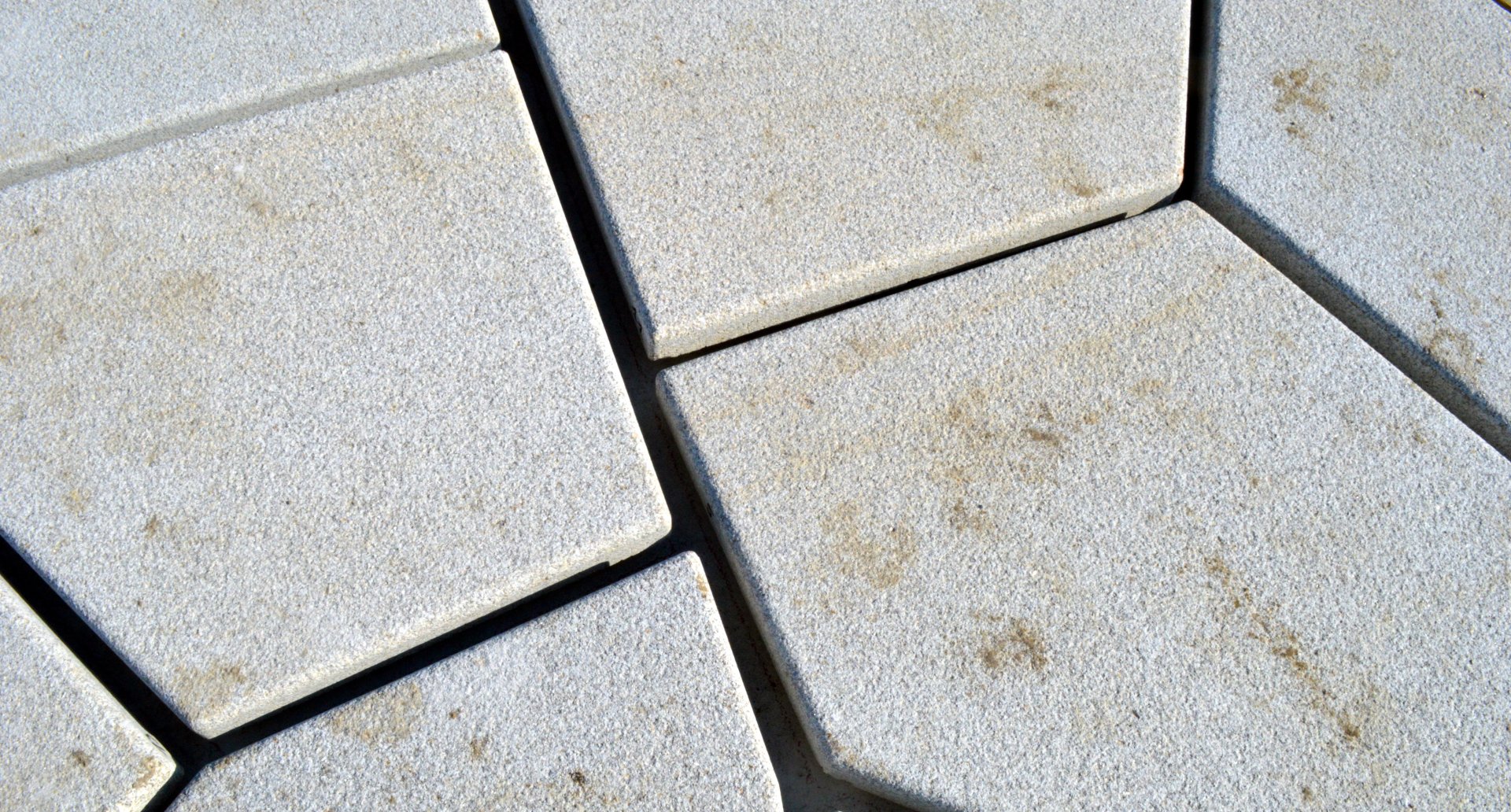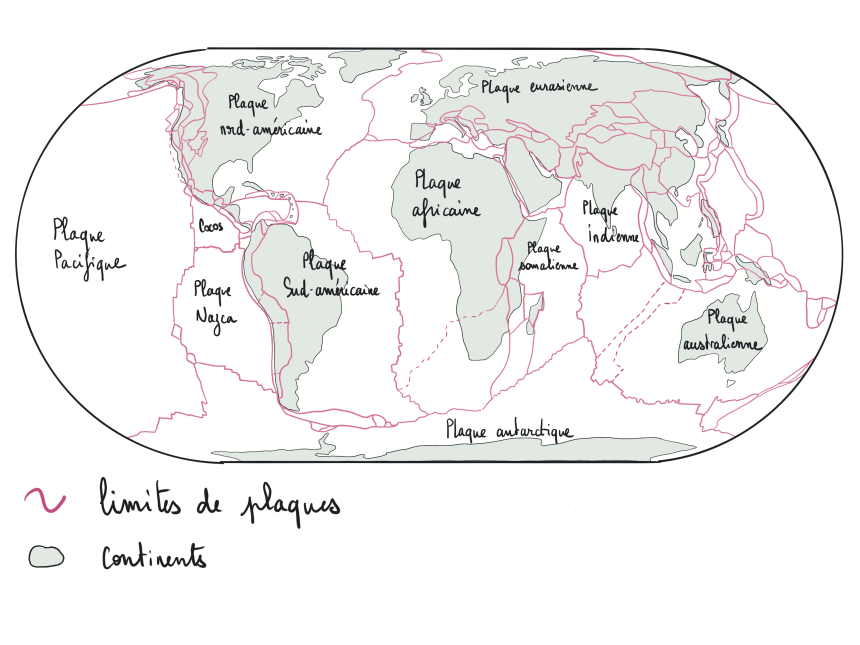Stone : granite
Type : plutonic magmatic rock
Age : 327 million years
Quarry : Lande du moulin, Bignan (Morbihan)
Aurora Yellow or Grey—You Choose
This is a granite composed of quartz, feldspars, and two types of mica (biotite and muscovite). The minerals range from medium to coarse in size. Its color varies: grey when fresh, and yellow when weathered. Both colors coexist in the same quarry—yellow near the surface and grey at greater depths. Conclusion: surface granite is more weathered than the same granite found deeper underground!
Shear and Shakes
The Armorican Massif is crisscrossed by faults of varying sizes, not all formed at the same time. These are large fractures along which rocks have slid past one another. These jerky movements generate seismic activity. Geologists use seismometers installed across the region to record these tremors. Brittany is the third most seismically active region in mainland France.
A Magmatic Droplet
This granite belongs to the Guéhenno granite massif, whose distinctive teardrop shape on geological maps reveals much about its formation context. The intrusion stretches southwestward to meet a major crustal fault over 200 kilometers long. The magma was emplaced concurrently with fault movement. This relative motion can be identified in the rock structures.
Echo of Tectonics
This site ties into the theory of plate tectonics. The Earth’s outer shell is made up of small and large lithospheric plates. These plates are mobile and shift in relation to one another by a few millimeters per year. On a geological time scale, these "rafts of stone" travel thousands of kilometers!


